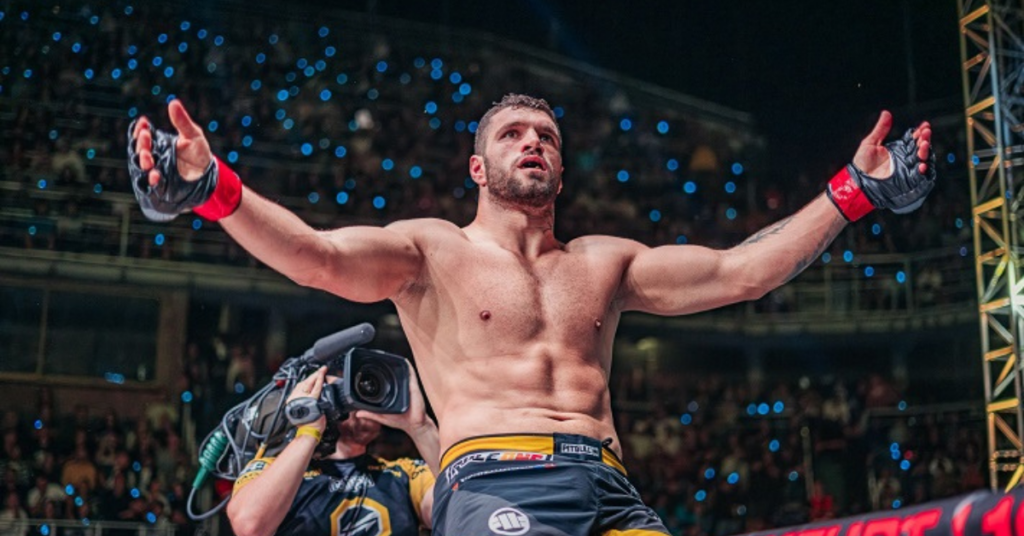CagePotato Presents: A Comprehensive Breakdown of the UFC’s PPV Numbers (And How They Can Improve Them)

(“We will open the bidding for a UFC 149 pay-per-view purchase at $49.95. Do I hear $49.95? What if I said I’d thrown in this *authentic* jersey, completely free of charge? $49.95…anyone? OK, how about ten bucks?”)
By Oliver Chan
Recently, after reading 12OzCurl’s article (well, just the opening paragraph) I came to a realization that the only reason why I’m here is because I’m Asian and Benny figures that must mean I’m good with numbers. So break out your abacuses…this shit is about to get real.
Today’s class? Variable pricing and whether or not this system should be adopted by the UFC in regards to the pricing of pay-per-view events. I’ll wait for everyone to decide whether or not to skip this article and go straight to the “Hot Potato” links.
Still with me? Probably not. But anyways, here we go.
For those that don’t know, Variable Pricing (or Dynamic Pricing as it is called) has been the main pricing strategies for airlines and hotels on how they price their own inventory. Recently, the San Francisco Giants adopted this form of pricing in order to better optimize ticket sales for their events. The strategy is similar to that used by the hotel and airline industry where prices go up and down depending on current market conditions and historical trends. Did it work? Hell yeah it did. By using sell-out history from past games based on opponents, starting pitchers, weather, day of the week, evening versus afternoon, and of course, current supply, the Giants were able to significantly increase their ticket sales revenue to such a degree that other franchises are looking to adopt similar methods to pricing their games.
For the actual pricing of live events, this really doesn’t make any sense. The UFC really isn’t in the same spot on a regular basis for this type of pricing to make sense. Any city the UFC visits, it is considered a major event and will most likely sell out regardless of any other variables that may come into play. Since live events are constantly moving from one city to another, there is no localized sample of potential buyers to track buying trends in order to utilize a dynamic pricing strategy. However, this could be applied to pay-per-view pricing for events.
Before I go any further, here’s some numbers calculated from 2008-2012 that you may find interesting.
Average PPV Buy Rate = 526,470
Average PPV with Title Fight = 605,114 (+15% over average)
Average PPV with Non-Title Fight = 385,000 (-27% over average)
Average PPV Buy-Rate Featuring TUF Coaches = 940,000 (+79% over average)
Average PPV Buy Rate with Main Event Cards Affected by Injuries = 405,357 (-23% over average)
Average PPV Buy Rate Featuring Heavyweight Bout in Main/Co-Main Event = 748,182 (+42% over average)
(*List compiled based on fighters with a minimum of 4 or more appearances in the main or co-main event)
Whether you blame the injury curse of 2012 or the influx of UFC events over the course of the year, last year has seen a tremendous a decrease in pay-per-view buys. Since 2008, the UFC saw a steady increase in buys up to 2010 before dropping 27% in 2011. The following year, there was an additional 27% percent from 2011-2012. Overall, since 2008, where the total pay-per-view buys that year was over 9 million, the UFC has seen a 42% decrease in buys over the past 2 years.
Could there be an issue with supply and demand? Absolutely. In both 2008 and 2009 fans saw a total of 20 events (both free and pay-per-view) and 2010 had 24. In all three years, the ratio of PPV vs. free events was roughly 3:2. Flash forward to 2012, and you’ll see a total of 32 to events and the ratio of PPV to Free events shift to roughly a 2:3 ratio. Last year we saw a total of 18 free events compared to 14 pay-per-view events (it would have been 15 if it wasn’t for you know who not wanting to fight you know who and pissing off you know who…oh, how that seems like ancient history now). Still, the number of pay-per-view events last year was less than the number of free events. Why bother paying for an event, when there are plenty of other events being featured on free TV? Add in Bellator on Spike and the World Series of Fighting on NBC Sports and now the UFC has even more competition to deal with. You could also argue that the new deal with Fox may have resulted in the UFC cannibalizing themselves with all the events on Fox, FX, and FuelTV.
One thing the UFC has done right is airing international events on free TV and not on PPV. The numbers show that events not held in the North American continent are more likely to be 44% lower than the 5 year average. Those “marquee” events in Brazil, Japan, and Abu Dhabi? They also netted numbers below the PPV average.
There are a few things to note here (or “limitations” as we in the scholarly world like to say). All of these numbers are provided by the UFC and are rough estimates as opposed to actual numbers. That said, it’s safe to assume that these numbers, while just estimates, provide a good baseline for this study.
Could dynamic pricing work for PPV events? Possibly. Of course, there is the logistic nightmare of having to reprice events based on injuries that may occur leading up to the date. There’s also the perception that the UFC may be “cheapening” their image by pricing certain events lower than others. How this may affect certain fighter contracts that receive a percentage of the PPV buys is also something to take into consideration.
All things considered, should PPV events featuring non-title fights be priced the same as those that do feature a title fight? After all, in such cases where a title is on the line, more is at stake and could be considered a higher value compared to those where a title is not. Should Mir vs. Cro Cop be priced the same as Lesnar vs. Velasquez? Should the heavyweight main-event fights be priced higher than the lighter weight divisions? If Penn vs. Diaz was priced lower, would they have netted a buy-rate closer to the average? Would main-events featuring Frankie Edgar be better off priced at a discount rate compared to other events (you’re still my boy, Frank)? How will the new Fox Sports 1 and Fox Sports 2 affect the current rate of free vs. PPV events for the UFC?
At the end of the day, the ultimate question will be what will the consumer be willing to pay for what event? In other words, would you be willing to pay more than $44.95 for GSP vs. Diaz this weekend? How much will you pay for UFC 161?
Too much math for you, ‘Tater Nation? Head hurtin’ a little? How about this to help decompress your brain?
(PS – Shameless plug: Help me raise money for Nick Newell’s favorite charity, Tap Cancer Out, by visiting my fundraising page here)






